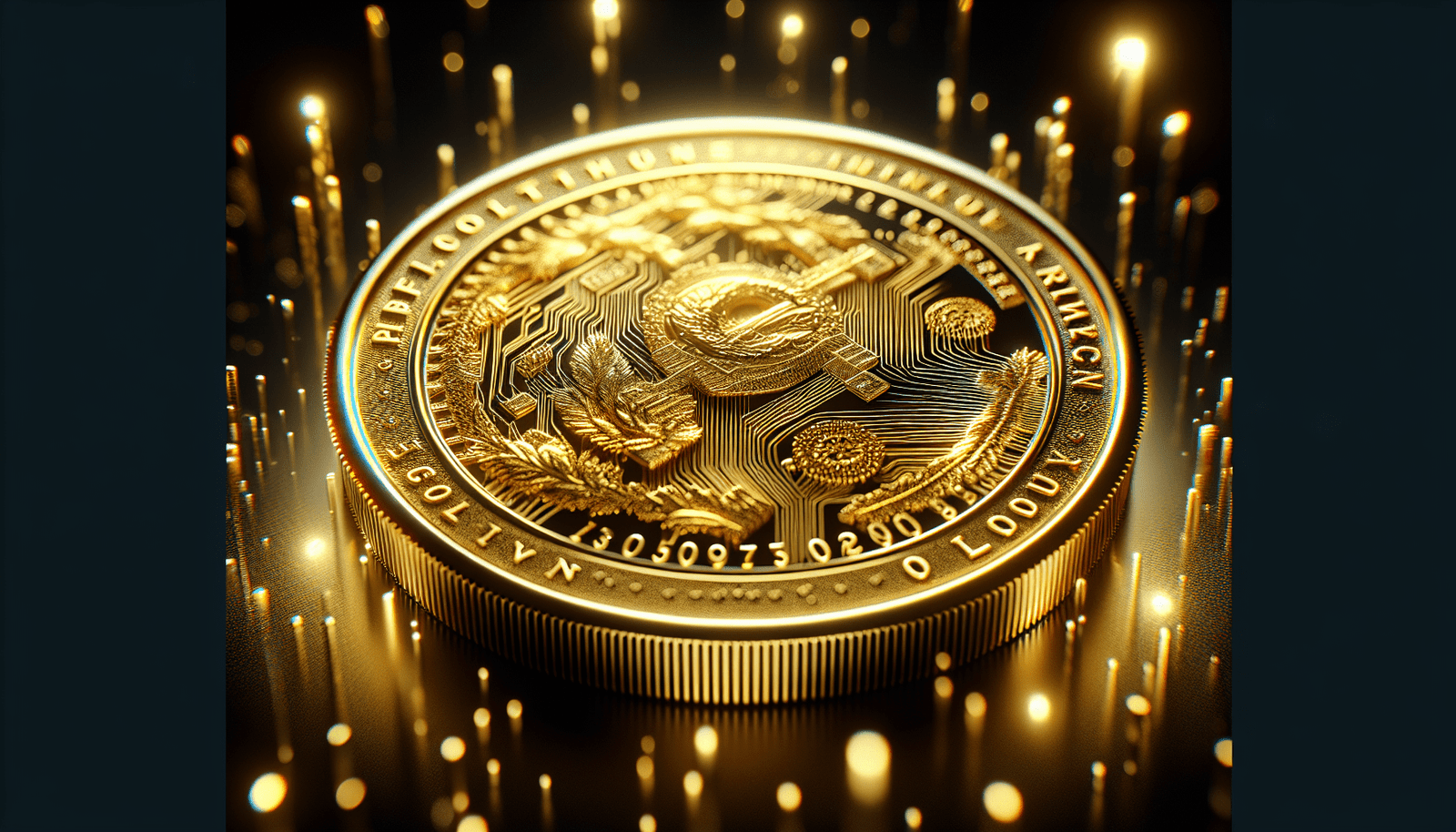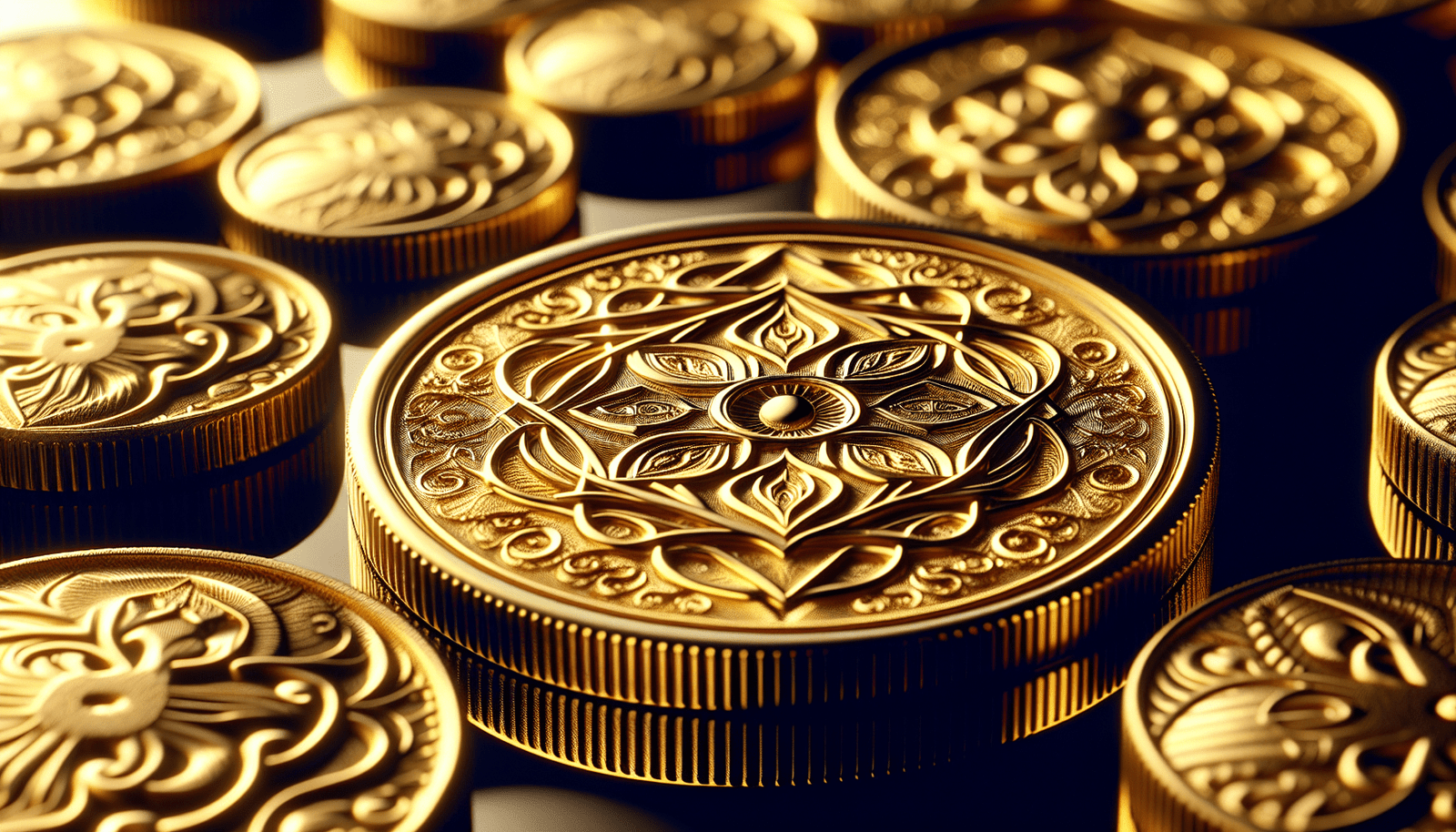Have you ever wondered how gold has impacted the development of currency throughout history? Let’s explore the fascinating influence of gold on the evolution of currency.

The Beginnings of Currency Exchange
Currency exchange has been a vital part of human interaction for centuries. From bartering goods to using precious metals as a form of payment, the evolution of currency has transformed how people trade and conduct business.
Bartering for Goods
In ancient times, people used a barter system to exchange goods and services. This system involved trading one item for another without the need for a standardized currency. While this method was effective, it could become complicated when trying to determine the value of each item being exchanged.
The Introduction of Precious Metals
To simplify the process of trade, societies began using precious metals like gold and silver as a form of currency. These metals were valuable, durable, and easy to transport, making them an ideal medium of exchange. Gold, in particular, became highly sought after due to its scarcity and timeless appeal.
The Role of Gold in Early Currencies
Gold quickly became the standard for measuring wealth and value in ancient civilizations. Its rarity and luster made it an ideal choice for currency, shaping the way economies functioned and societies evolved.
Gold as a Store of Value
One of the main reasons gold became a preferred currency was its ability to store value over time. Unlike perishable goods or paper money, gold retained its worth and could be easily exchanged for other goods and services.
Gold as a Medium of Exchange
Gold’s durability and divisibility made it a practical medium of exchange in trade transactions. Its uniformity allowed for easy comparison of value, making it a reliable form of currency accepted by merchants worldwide.
The Gold Standard and Modern Currency Systems
The gold standard emerged as a way to link the value of a country’s currency to a specific amount of gold. While this system provided stability and confidence in the currency, it eventually gave way to more flexible monetary policies.
The Gold Standard Era
During the 19th and early 20th centuries, many countries adopted the gold standard to back their currencies. This fixed exchange rate system ensured that the value of paper money was directly tied to a certain amount of gold held in reserve.
Transition to Fiat Currency
As economies grew and global trade expanded, the limitations of the gold standard became apparent. Governments found it difficult to maintain a fixed exchange rate with gold, leading to the transition to fiat currency backed by the government’s promise rather than a physical commodity.
Gold’s Influence on International Trade
Gold has played a significant role in shaping international trade and global economics. Its universal appeal and intrinsic value have made it a preferred asset for countries looking to diversify their reserves and stabilize their economies.
Gold Reserves and Foreign Exchange
Central banks and governments hold gold reserves as a form of stability and security. These reserves can be used to intervene in foreign exchange markets, provide liquidity during times of crisis, and uphold the value of the national currency.
Gold in Balance of Payments
Gold plays a crucial role in a country’s balance of payments, representing a tangible asset that can be used to settle international debts or trade imbalances. Its value is not influenced by inflation or monetary policies, making it a reliable form of payment in global transactions.

The Future of Gold in Currency Evolution
As technology advances and financial systems become more interconnected, the role of gold in currency evolution continues to evolve. Whether as a traditional store of value or a modern investment asset, gold remains a key player in shaping the future of currency.
Digital Gold and Cryptocurrency
The rise of digital currencies and cryptocurrency has introduced new ways to own and trade gold. Through blockchain technology, investors can purchase digital gold tokens that represent physical gold stored in secure vaults, combining the stability of gold with the convenience of digital assets.
Gold-backed Cryptocurrencies
Some cryptocurrencies are backed by physical gold reserves to provide stability and security to investors. These digital assets aim to bridge the gap between traditional finance and blockchain technology, offering a unique blend of tangible value and digital innovation.
In conclusion, the influence of gold on the evolution of currency is undeniable. From its origins as a medium of exchange to its role in shaping modern financial systems, gold continues to play a significant role in the global economy. As the world adapts to new technologies and economic challenges, gold remains a timeless asset that holds value and prestige in the world of currency.
